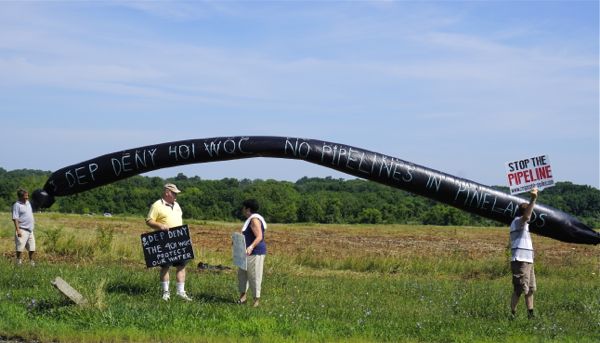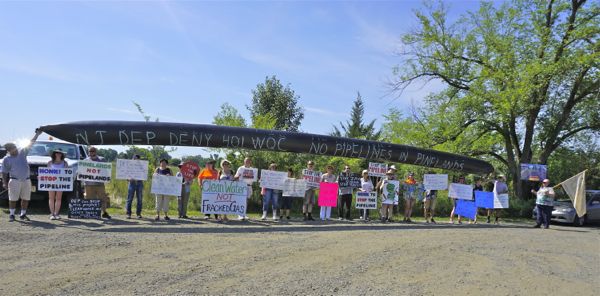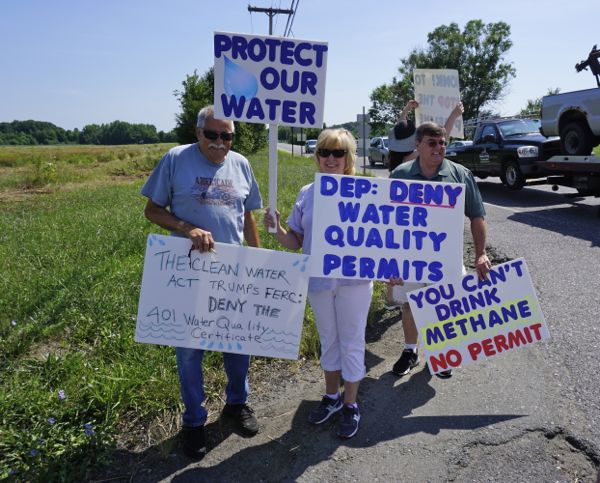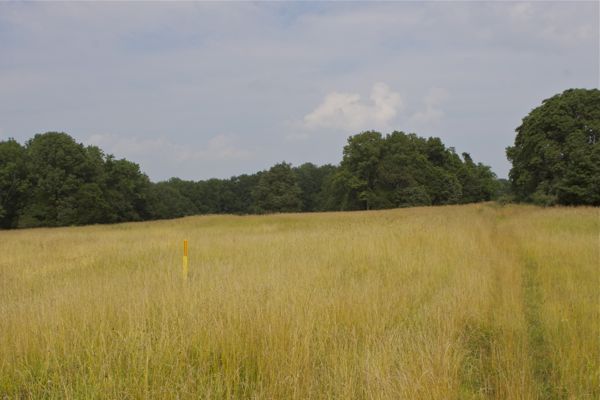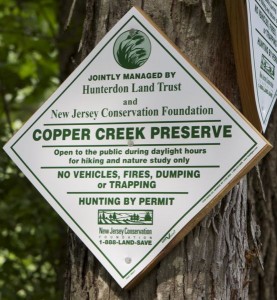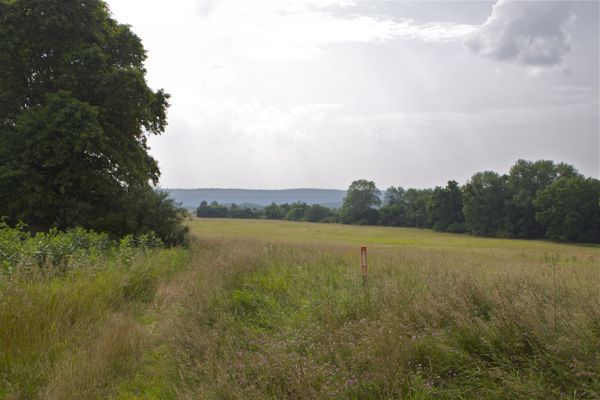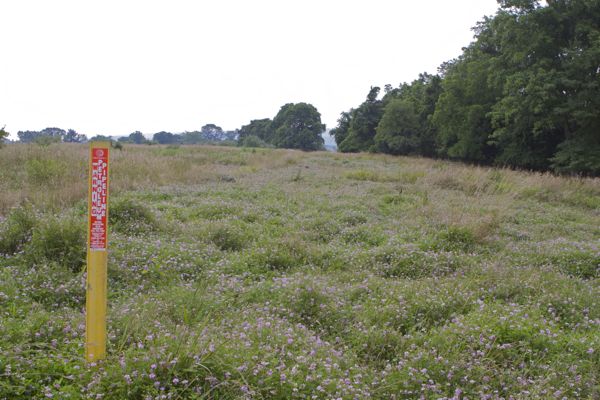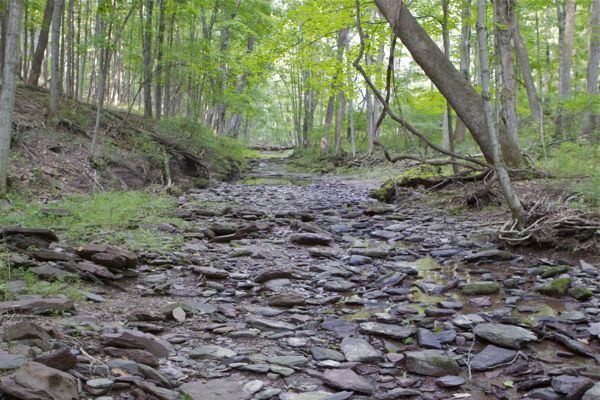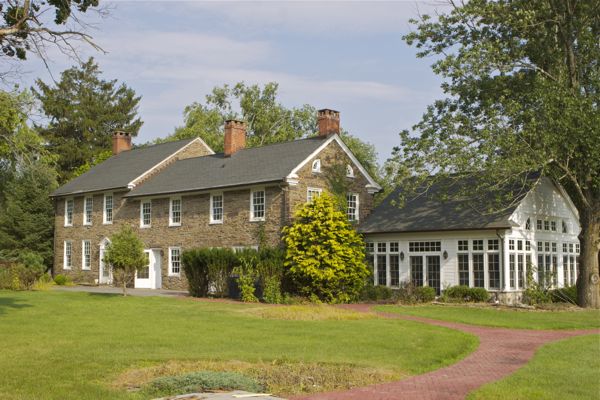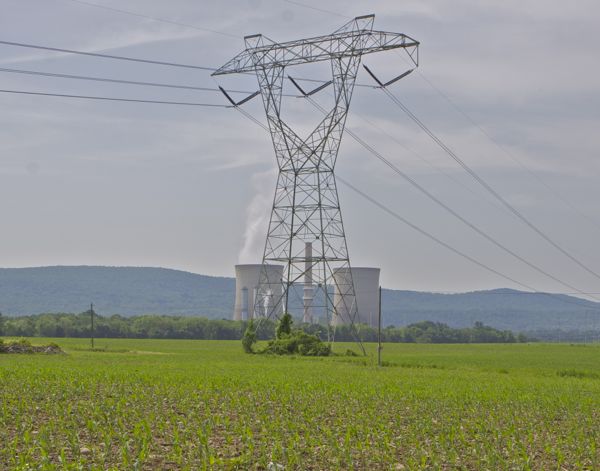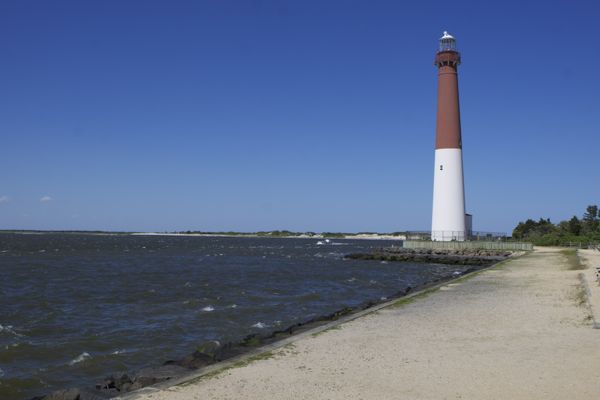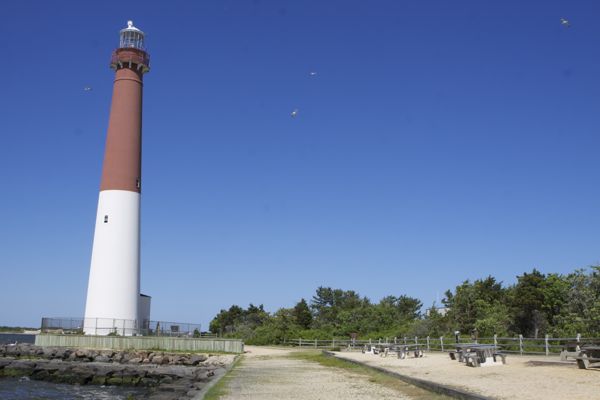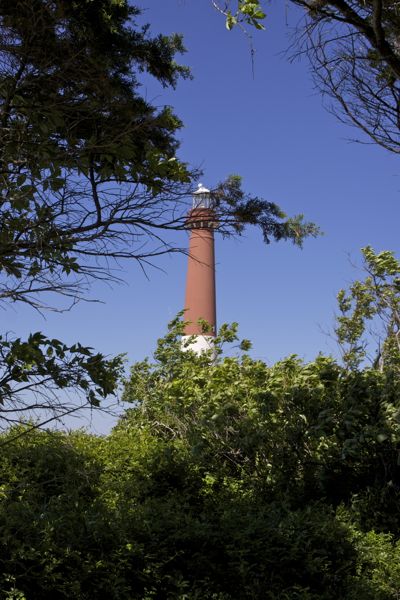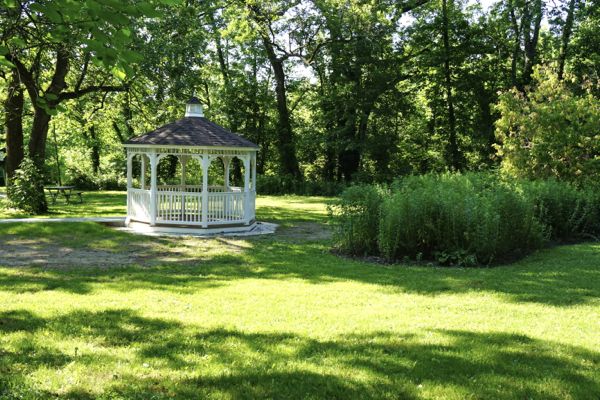Christie DEP Will Hold Public Hearings On Water Permits For Controversial Pinelands Pipeline and Compressor Station
Public Hearings Held Just As Activists Begin To Target Key DEP Water Quality Power
Christie DEP will no longer get a pass for rubber stamping pipeline permits
There are important developments in the NJ Natural Gas Pinelands pipeline known as the “Southern Reliability Link” (SRL) and Transco compressor station in Chesterfield.
Before discussing them, first, let me rehash important points to set the context:
- During the April DEP dewatering permit review process for the compressor station, I raised objections regarding failure to comply with DEP’s wetlands and Clean Water Act 401 water quality certificate regulations, among other things that it was premature to issue the dewatering permit before the DEP wetlands permit and Water Quality Certificate (WQC) were issued for the compressor station and pipeline.
- On May 9, 2016, Bordentown and Chesterfield filed a rehearing request to FERC that argued, among other things, that FERC improperly granted approval before NJ DEP Water Quality Certification (WQC) was granted.
- On June 30, 2016, the NJ Department of Environmental Protection (DEP) granted numerous public and local government requests to hold a public hearing on the wetlands permit (and WQC) for the Chesterfield compressor station, known as the Transco Garden State Expansion Project.
- The next day, in a July 1, 2016 letter, Transco asked FERC for approval to commence construction of the compressor station, despite not having all DEP permits and a 401 WQC.
- On July 6, FERC denied that Transco request until “Transco obtains a Clean Water Act Section 401 Water Quality Certificate and Section 404 Permit from the New Jersey Department of Environmental Protection”
For the irony of FERC finally triggering a long ignored public focus on NJ DEP permits and WQC, see:
Since then, activists have held protests and organized locally, generating local Resolutions and scores of letters to DEP Commissioner Martin demanding that DEP deny the water quality certificates for the compressor station and the NJNJ SRL pipeline.
Those efforts are growing – the Christie DEP will no longer get a pass for rubber stamping pipeline permits.
The DEP’s June 30 letter said that there would be a public hearing, but it didn’t say when and where it would be.
There was longstanding confusion over exactly what DEP permits were required for the compressor station and the NJ Natural Gas SRL pipeline, how these permits related to the Clean Water Act Section 401 Water Quality Certification, and what the status of those permits was.
I wrote that DEP was allowing Transco and NJ Natural Gas to illegally segment the compressor station and pipeline for purposes of DEP permits in violation of DEP permit regulations (others had made a segmentation argument with FERC regarding the NEPA environmental assessment process, but that argument is very weak and NEPA has no regulatory teeth).
So, with that context in mind, the July 20, 2016 DEP Bulletin published the following public hearings on August 22 and September 7 for BOTH the compressor station and pipeline:
1. Compressor station:
Garden State Expansion – Compressor Station
FRESHWATER INDIVIDUAL PERMIT
Application # – 0300-15-0002.2 FWW150001
Public hearing Monday, August 22, 2016, Ramada Inn, 1083 US 206, Bordentown @ 6 p.m.
Written Comments by September 6, 2016
2. Southern Reliability Link pipeline
New Jersey Natural Gas – Southern Reliability Link
CAFRA IP, FRESHWATER WETLANDS GP2, FLOOD HAZARD
Application #’s – 0000-15-0007.1 CAF150001, FWW150001 and FHA150001
Public hearing Wednesday, September 7, 2016, Ramada Inn, 1083 US 206, Bordentown @ 6 p.m.
Written Comments by September 22, 2016 (15 days from hearing)
Public notice will appear in the August 3, 2016 DEP Bulletin
These two public hearings provide a HUGE opportunity for mounting a concerted attack on the pipeline project.
The Water Quality Certificate issue will be front and center in both the wetlands General Permit and the CAFRA Individual permit.
Between now and the first August 22 public hearing, the activists really need to organize and ramp up public pressure on the DEP and assure a huge turnout for those hearings.
At the same time, activists need to craft a regulatory strategy on how best to attack these permits – and collect data to support that attack. I will be writing more specifically on these issues in upcoming posts.
Unfortunately, the very late start of the activists campaign in targeting the DEP 401 WQC and permit issues makes this a huge challenge.
Transco submitted permit applications to the DEP way back in July 2015.
Prior to that, they certainly had MONTHS of behind closed doors “pre-application meetings” with DEP professional staff and political managers.
Those meetings very likely ironed out the details and laid the groundwork for DEP approvals – all without any public awareness or organized opposition by activists.
Amazingly, a DEP permit staffer wrote that NJ Natural Gas had not submitted an administratively complete permit application until very recently, July 8, 2016:
we did not have an administratively complete application for NJNG until July 8, 2016.
The administrative complete” determination is the FIRST step in the permit process. That means DEP reviewed the NJNG permit applications is LESS THAN A MONTH!
In comparison, Transco compressor station permits were under review for over a year.
We can not longer tolerate this abuse and must stop allowing it to happen.
This is not a wasted effort – Gov. Christie is gone soon and a Governor’s race issues agenda is being framed up right now – this issue must be on that agenda and its our job to put it there.
